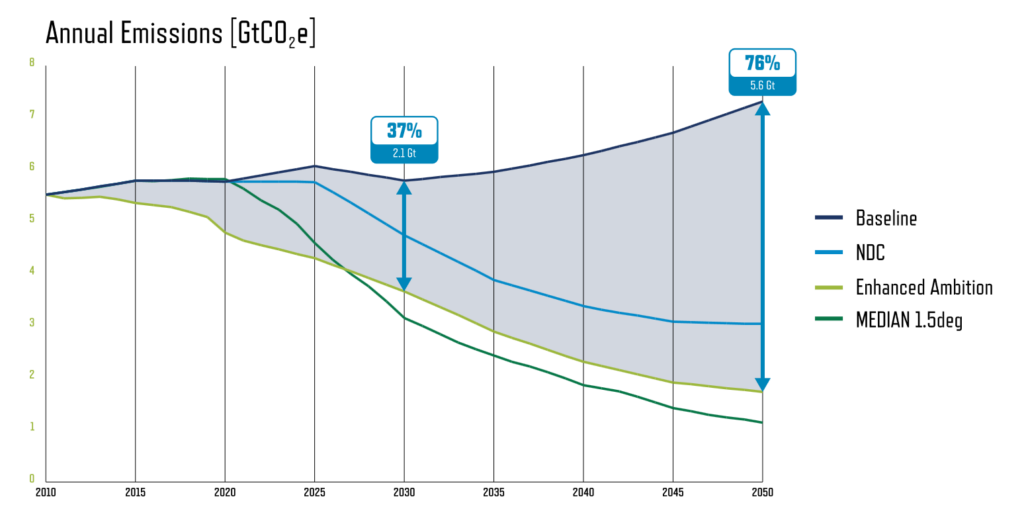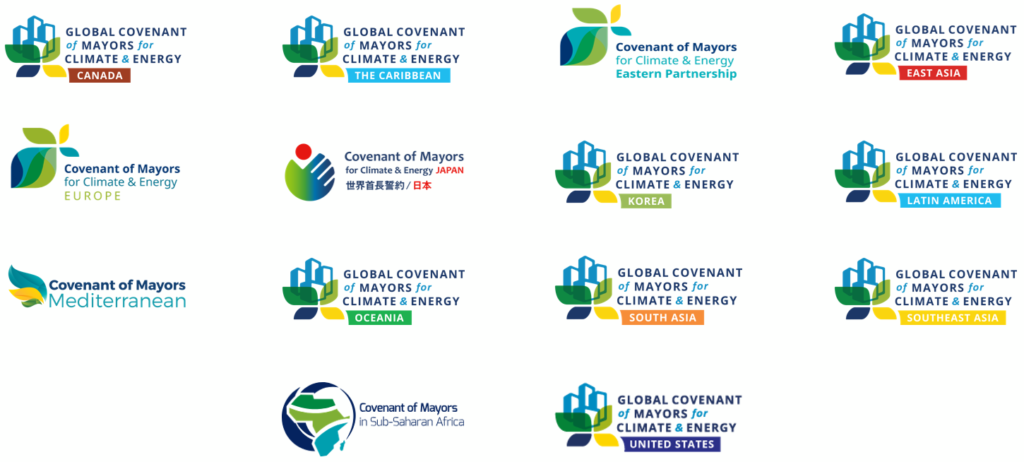The Global Covenant of Mayors for Climate & Energy (GCoM) is the world’s largest alliance for city climate leadership with over 13,000 signatories, across the world. Almost 1.2 billion people – one person in every eight – lives in a city or local government that has that is committed to GCoM.
The 2023 Global Stocktake of the UN Framework Convention on Climate Change (UNFCCC) has found that the world is not on track to meet the 1.5°C limit on global temperature rise. This report particularly focuses on how GCoM cities are increasing their engagement and, as a whole, committing to move further and faster than national government to combat climate change. At the same time, cities are harnessing the co-benefits of mitigation and adaptation actions with smart climate policy that can win the support of local people.
Cities are also engaging with a vast array of stakeholders to cooperate for change. Drawing on the findings, this report calls for deeper public engagement, enhanced multi-level collaboration, and a robust assessment and acceleration of climate action to further empower cities in their pivotal role in the fight against climate change.
GCoM, the regional covenants and all our partners continue to work for a better world through climate action.
Based on current targets and actions, the GCoM cities could collectively reduce global emissions by 5.6 GtCO2e equivalent annually in 2050 compared to a business-as-usual trajectory. If we covered more than half of the European Union with trees, that’s how much carbon they would take out of the atmosphere yearly over the same timeline.

Four out of five of GCoM signatory cities have an emissions reduction target that is more ambitious than their country’s Nationally Determined Contribution (NDC) under the Paris Agreement, and 57% of GCoM signatories’ declarations show they are planning to achieve their targets faster than their country as a whole.
Adaptation in action
A notable increase in adaptation assessments (over 150% from the previous year) was reported, with more than 18,000 hazards identified in risk and vulnerability assessments. The most common hazards reported by cities include floods, extreme rainfall, and heatwaves, followed by water scarcity, wildfires, and storms.
Cities design co-benefits
The report also emphasizes the co-benefits of climate policy, including improvements in health, social cohesion, and local economies. Children, youth, and low-income households are identified as the primary beneficiaries of cities’ mitigation actions. This year marked the successful introduction of GCoM’s Energy Access and Poverty Pillar, quickly attracting 1,009 cities. Initiatives include enhancing building energy efficiency, assisting households in managing energy costs, and fostering local clean energy production.
Vulnerable population groups affected by climate hazards Climate hazards
(Vulnerable population “All” & “Other” excluded)


AN ALLIANCE DRIVEN BY THE EFFORTS OF REGIONAL AND NATIONAL COVENANTS

Commit to the Global Covenant of Mayors for Climate and Energy
GCoM cities are united in their shared goals to increase access to renewable, clean energy, build healthy environments, and promote initiatives and best practices that will accelerate the fight against climate change. Together, we will show the collective impact of cities and local governments, and be a force in realizing our vision to achieve a sustainable future.